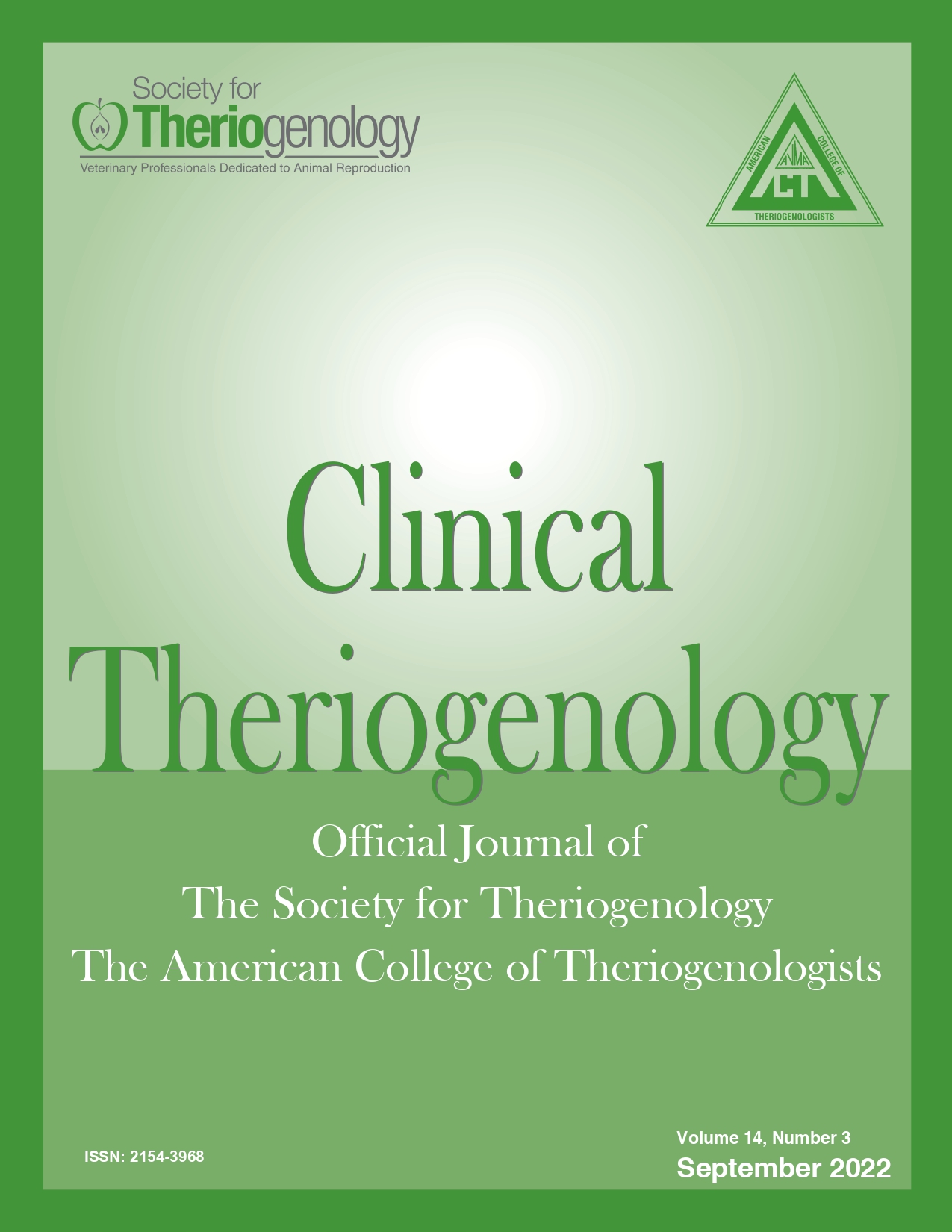From oocyte to calf: practical aspects of bovine in vitro embryo production
Abstract
Commercial use of sex-sorted semen and genomic evaluations have revolutionized cattle breeding, and demand for sex-sorted embryos produced from very young heifers has increased over time. Worldwide, in vitro produced embryos accounted for 76.2% of all transferrable cattle embryos in 2020, probably because in vitro embryo production is a more efficient way to supply this demand. Several factors need to be coordinated to obtain a live calf from an in vitro produced embryo. Aspects related to oocyte quality, laboratory quality control, embryo quality, recipient selection, and pregnancy loss are addressed here, based on the measures that the RuAnn Genetics Laboratory (Riverdale, San Joaquin Valley, CA) adopted in the last 14 years, with the goal of improving production of live, healthy calves from in vitro produced embryos. Follicular wave synchronization and stimulation with follicular stimulating hormone is necessary to improve oocyte quality and consequently embryo production. Laboratory quality control and the use of high-quality supplies are essential to reduce variability in production and facilitate identification of other factors that might interfere with embryo production. High pregnancy rates, similar to in vivo produced embryos, can be achieved with good quality embryos selected at optimal time and stage of development, transferred by an experienced embryo transfer technician, to well managed recipients 7 or 8 days after estrus. Attention to detail at every step of the process is crucial to success.
Downloads

This work is licensed under a Creative Commons Attribution-NonCommercial 4.0 International License.
Authors retain copyright of their work, with first publication rights granted to Clinical Theriogenology. Read more about copyright and licensing here.







